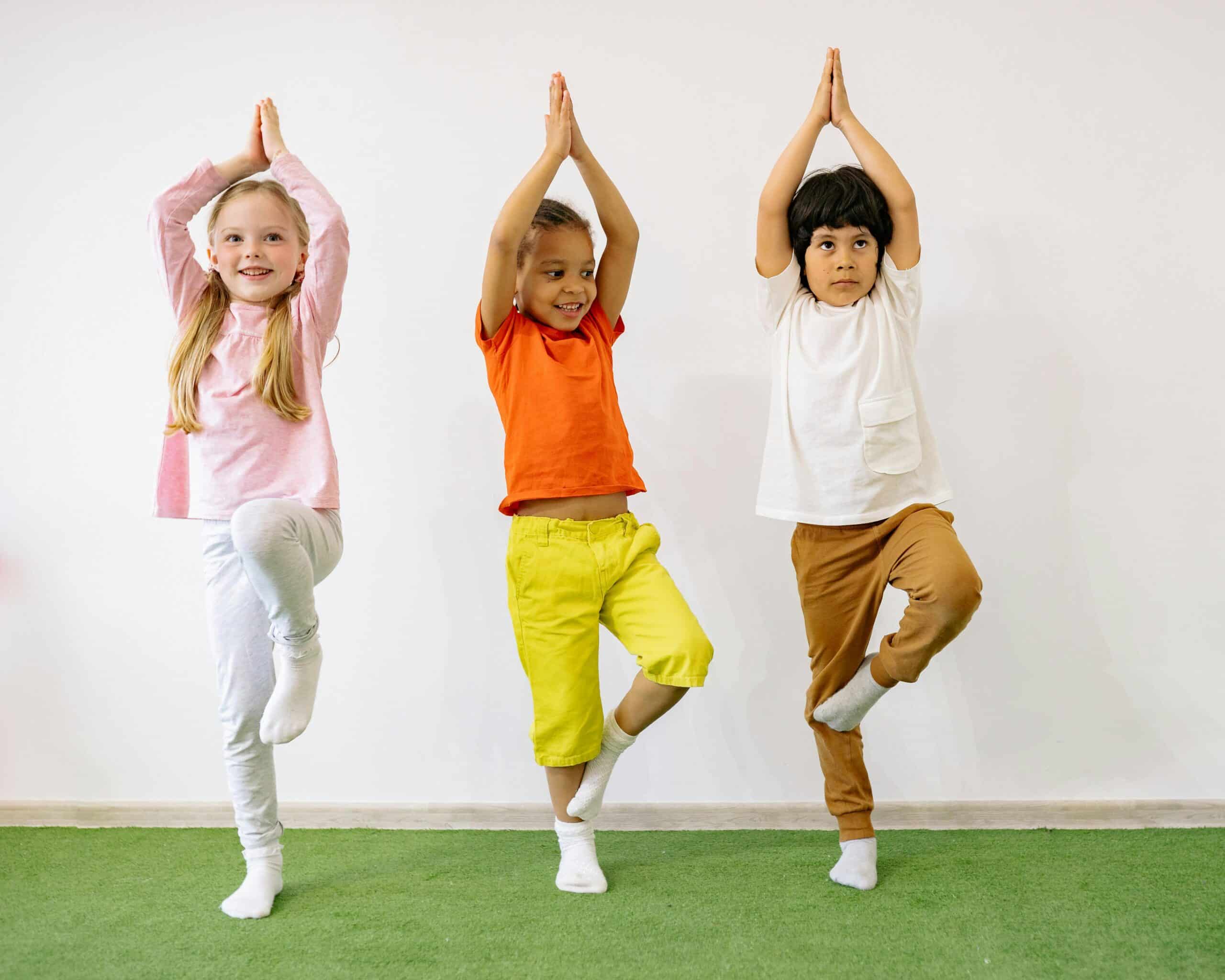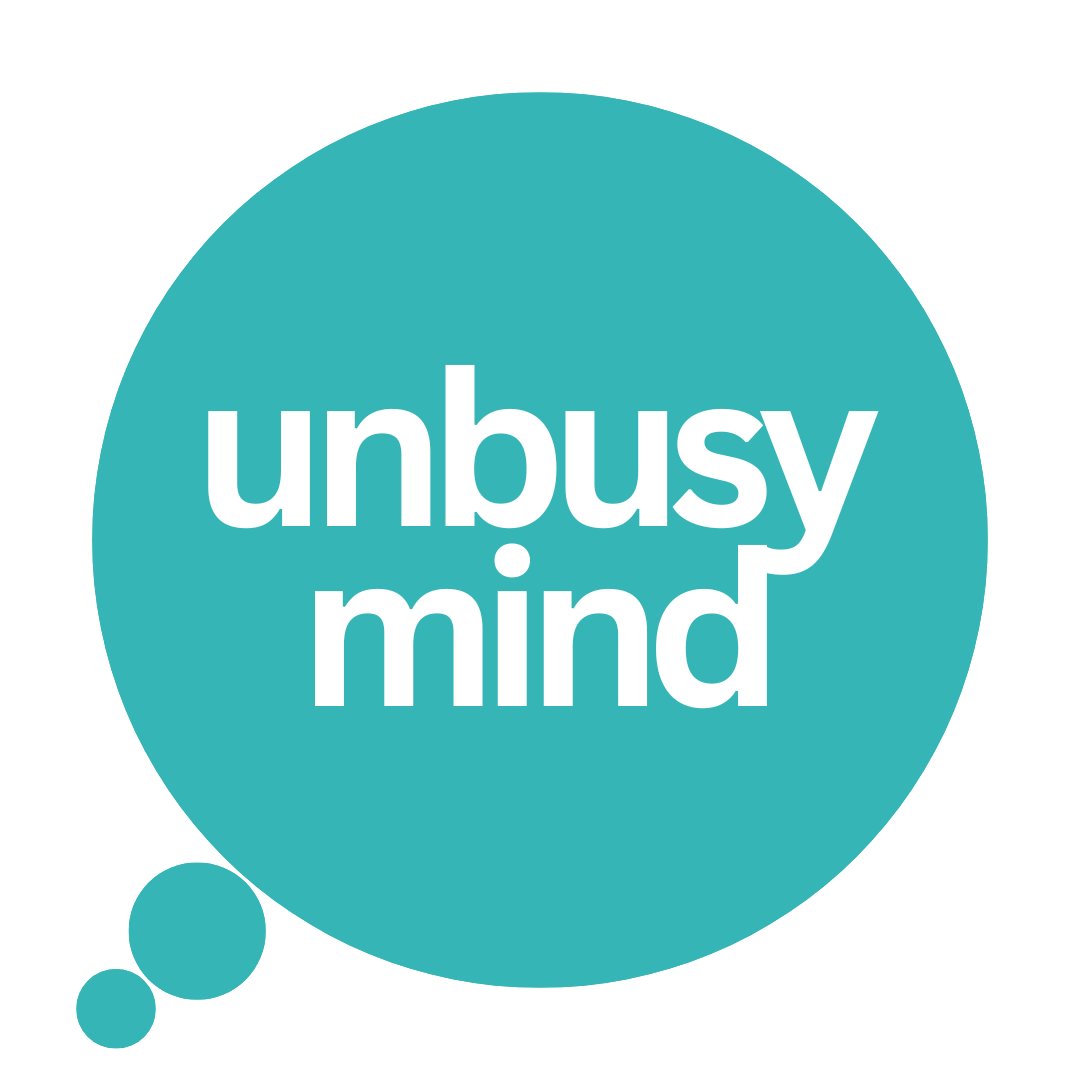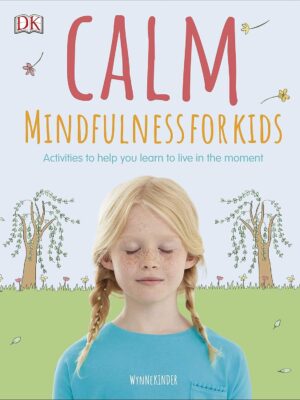
12 Jan Mindfulness in West Sussex Schools: Enhancing Student Well-being
Mindful Moments in West Sussex Schools: Nurturing Young Minds
In today’s fast-paced world, our children face challenges that can sometimes feel like climbing a mountain without a map. With anxiety levels among UK schoolchildren reaching unprecedented heights, it’s more important than ever to equip them with tools to navigate life’s ups and downs. One such tool gaining traction is mindfulness—a practice that’s proving to be a game-changer in schools across West Sussex.
Understanding the Rise in Childhood Anxiety
Let’s face it: growing up isn’t always a walk in the park. Recent data reveals that in 2023-24, over 500 children per day in England were referred to mental health services primarily for anxiety—more than double the rate seen before the pandemic. This alarming trend highlights the urgent need for proactive solutions within our schools.
What Exactly Is Mindfulness?
So, what’s all the buzz about mindfulness? At its core, mindfulness means intentionally paying attention to the present moment with an open and curious mind. Think of it as hitting the pause button amidst the chaos, allowing us to tune into our thoughts, feelings, and surroundings without judgment.
Benefits of Mindfulness for Children
Introducing mindfulness to children isn’t just about having them sit quietly; it’s about giving them a toolkit for life. Here are some perks:
- Reduced Stress and Anxiety: Mindfulness helps kids manage overwhelming emotions, acting like a calming balm for their minds.
- Enhanced Emotional Well-being: By understanding their feelings, children can navigate the emotional rollercoaster of growing up with greater ease.
- Improved Focus and Concentration: Mindfulness practices can sharpen attention spans, making it easier to concentrate on schoolwork and other tasks.
- Increased Self-awareness: Kids become more attuned to their thoughts and actions, fostering personal growth and empathy.
- Strengthened Relationships: Being present enhances communication skills, leading to better interactions with peers and teachers.
Spotlight on West Sussex: Mini Mindfulness Workshops
In the heart of West Sussex, Creative Learning Adventures is making waves with its Mini Mindfulness workshops. These sessions are designed to teach children simple, practical techniques to manage their emotions and build resilience. Through activities like finger-touch breathing, peaceful visualization, and grounding exercises such as ‘be a tree,’ children learn tools to handle stress and anxiety, ultimately improving their overall well-being.
A Peek Inside a Mini Mindfulness Session
Imagine a classroom where children are guided through:
- Finger-touch Breathing: A technique where kids synchronize their breath with gentle finger movements, promoting relaxation.
- Peaceful Visualization: Encouraging children to create calming mental images, like imagining a serene beach, to soothe their minds.
- ‘Be a Tree’ Grounding Exercise: Teaching kids to stand tall and firm like a tree, helping them feel stable and centered.
Why Schools Are Embracing Mindfulness
Educators are recognizing that teaching is about more than academics; it’s about nurturing well-rounded individuals. Mindfulness in schools offers:
- A Calmer Learning Environment: When students practice mindfulness, classrooms become more peaceful and conducive to learning.
- Enhanced Teacher-Student Relationships: Mindfulness fosters empathy and understanding, strengthening these crucial bonds.
- Better Academic Performance: With improved focus and reduced anxiety, students are better equipped to excel academically.
The Role of Educators in Promoting Mindfulness
Teachers play a pivotal role in integrating mindfulness into the school day. By modeling mindful behavior and incorporating short practices into the routine, they create an environment where mindfulness becomes a natural part of life.
Mindfulness Beyond the Classroom
The beauty of mindfulness is its portability. Children can use these techniques:
- At Home: To unwind after a busy day or prepare for sleep.
- During Stressful Situations: Like before a test or during a disagreement with a friend.
- In Daily Life: To stay present and fully engage in activities, from playing to studying.
Parents as Partners in Mindfulness
Parents can reinforce mindfulness practices at home by:
- Practicing Together: Engaging in simple mindfulness exercises as a family.
- Encouraging Open Conversations: Talking about feelings and experiences without judgment.
- Creating a Calm Environment: Setting aside a quiet space for relaxation and reflection.
Addressing Common Misconceptions About Mindfulness
Some might think mindfulness is just about sitting still and emptying the mind, but it’s more about:
- Active Engagement: Being fully present in whatever you’re doing.
- Non-Judgmental Awareness: Observing thoughts and feelings without labeling them as ‘good’ or ‘bad.’
- Flexibility: Adapting practices to fit individual needs and preferences.
The Future of Mindfulness in Education
As more schools witness the benefits of mindfulness, it’s likely to become a staple in education, much like reading and math. The goal is to equip children with lifelong skills that promote mental and emotional well-being.
Getting Started with Mindfulness in Your School
Interested in bringing mindfulness to your school? Here are some steps to consider:
- Research Programs: Look for reputable mindfulness programs tailored for children.
- Train Educators: Provide teachers with the necessary training to effectively lead mindfulness practices.
- Engage Parents: Involve parents to create a supportive community for students.
- Start Small: Begin with short, simple practices and gradually build upon them.
- Evaluate and Adapt: Regularly assess the program’s impact and make adjustments as needed.
Conclusion
Incorporating mindfulness into schools is like planting seeds for a future where children are better equipped to handle life’s challenges. By fostering emotional resilience, enhancing focus, and promoting well-being, we’re not just teaching kids to cope—we’re empowering them to thrive.



